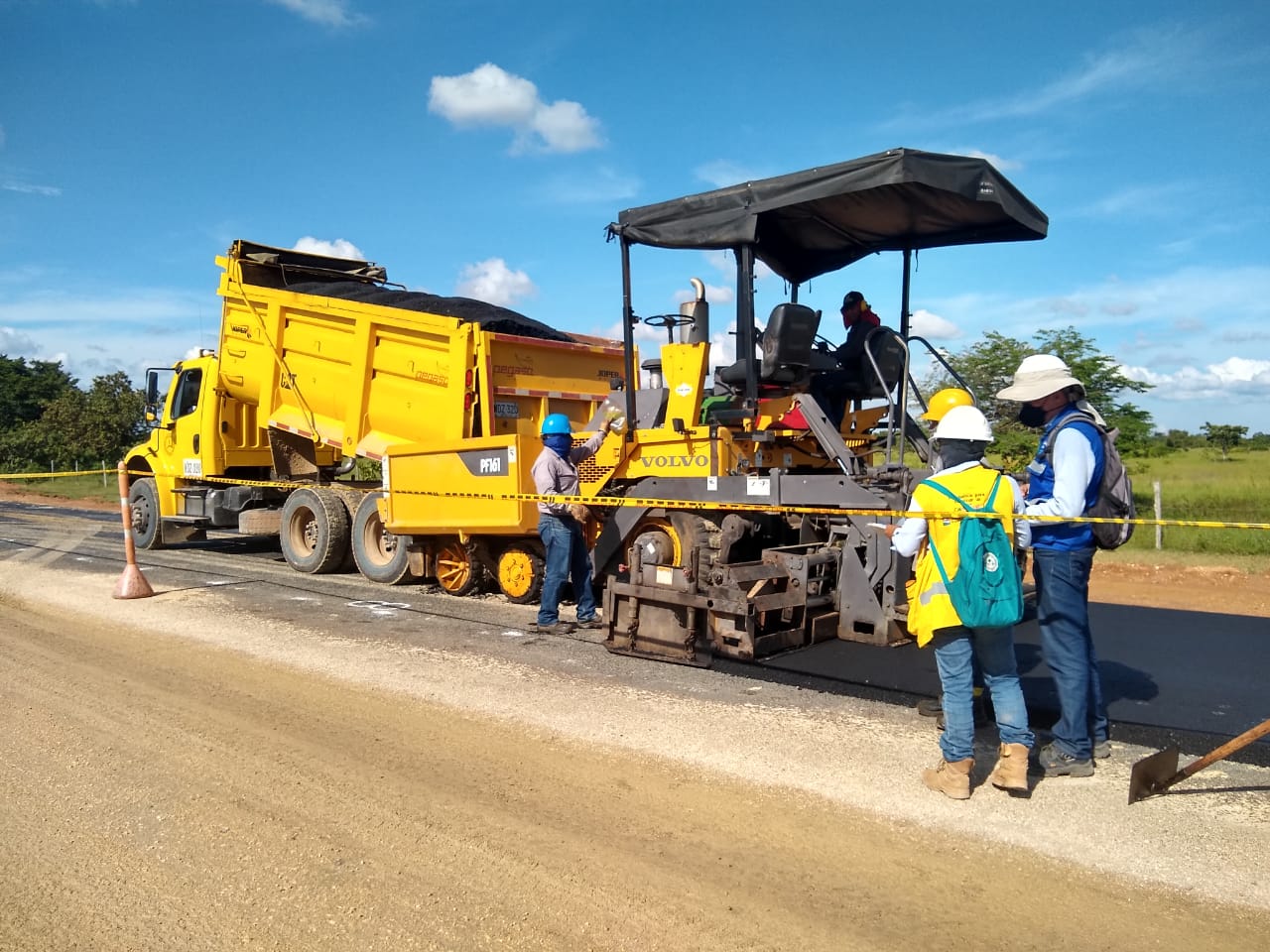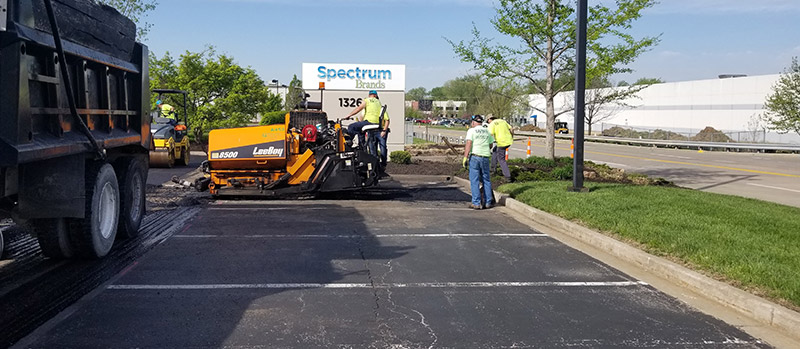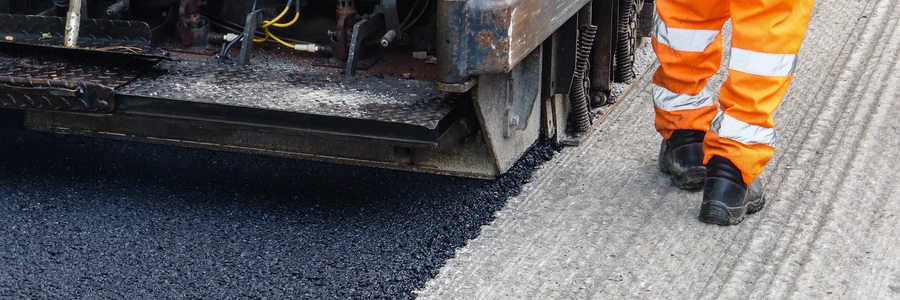A1 Professional Asphalt & Sealing Llc - Truths
Table of ContentsThe Basic Principles Of A1 Professional Asphalt & Sealing Llc Facts About A1 Professional Asphalt & Sealing Llc Uncovered10 Easy Facts About A1 Professional Asphalt & Sealing Llc DescribedThe smart Trick of A1 Professional Asphalt & Sealing Llc That Nobody is Talking AboutLittle Known Questions About A1 Professional Asphalt & Sealing Llc.

The oil in a vehicle engine is not just oil. It contains a variety of additives to enhance the car's efficiency. These include polymers, thickness modifiers, warmth stabilizers, added lubes, and put on additives. The REOB consists of all the ingredients that remained in the waste oil as well as the wear steels from the engine (mostly iron and copper).
By making lots of blends using various REOB examples and various asphalt binders, the variations mostly can be averaged out. Several States offered examples of recognized REOB structure to TFHRC scientists, that analyzed the samples to contrast the portion of added (understood) REOB to the found (examined) quantity. The evaluations revealed a comparable percent of added and found REOB.
The 7-Second Trick For A1 Professional Asphalt & Sealing Llc
None of those States realized that the asphalt they were buying included REOB. One State insisted its examples had no REOB - https://www.goodreads.com/user/show/177529233-john-tally.
Of the 1,532 examples evaluated, 12 percent contained REOB, and some had appreciably high degrees of it at 1020 percent. The highest degree was 34 percent in an example from Texas, which TxDOT had actually utilized in a patching substance. This screening additionally revealed the visibility of phosphoric acid in 11 percent of the examples, and 2 percent contained ground tire rubber.
2 years earlier at TRB's yearly conference, the Federal scientists held an REOB workshop and provided the findings of their lab assessments to a standing room-only group. Some companies do not particularly prohibit REOB, they do enforce physical examinations that avert its useeffectively a restriction. Others do not prohibit it by specification, however have arrangements with asphalt vendors to avoid using REOB
5 Simple Techniques For A1 Professional Asphalt & Sealing Llc
A handful do permit REOB, some within certain restrictions. Ohio and Texas restriction degrees to much less than 5 percent of the asphalt. To establish a reputable test technique that all States can utilize, the TFHRC researchers established a round-robin examination strategy. The individuals are 11 State freeway companies (Illinois, Massachusetts, Minnesota, Mississippi, Montana, North Carolina, Oklahoma, South Carolina, Texas, Vermont, and Wyoming), 2 independent testing laboratories, the Ministry of Transportation in Ontario, Queen's College in Ontario, and an Ontario paving contractor.
The individuals are testing the examples individually using the standards offered by the TFHRC researchers. The outcome will be a proposed AASHTO examination method that any State can adopt and utilize.
The pavement with REOB, which lies 0.6 mile (1 kilometer) from the sidewalk without REOB, has identical subgrade, web traffic density, and environment. Nevertheless, the segment of Highway655 with 5 to 10 percent REOB revealed considerable splitting. In this example, the presence of REOB was the identified root cause of cracking at a reduced temperatures.
"In our experience in Canada, even tiny quantities of 23 percent can be an issue." A section of test pavement in Minnesota (MN1-4) discovered to consist of REOB additionally split too soon. The pavement carried out well for the initial 3 to 4 years, yet then began to fracture. This sidewalk is likewise based on low temperatures.
All about A1 Professional Asphalt & Sealing Llc
The examinations were not extensive, yet they showed that at degrees of 6 percent or even more, the tensile toughness of the asphalt went down substantially. At a level of 3.5 percent REOB, the variation in the physical examination methods was more than the effect of REOB. In fact, it was challenging for scientists to evaluate whether REOB existed.

One binder criterion thought about is the difference between the reduced temperature important specification temperature for tightness (S) in the flexing beam rheometer and the bending beam rheometer creep slope (m-value) noted as Tcritical. TC = TC (S) TC (m-value). Examination of this criterion is still recurring. 2 independent research teams, one from AASHTO and the various other from the Asphalt Institute, ended that even more research is needed on using REOB in asphalt.
Formerly, all asphalt testing determined engineering properties such as stiffness. These tests do disappoint what products had actually been included in the asphalt. One example gotten throughout the TFHRC study had an extremely odd evaluation. The example had the adhering to test results: Superpave PG 64-28 with a heat quality of 67.3 Tcritical on the flexing beam rheometer was 6.7 degrees Celsius.

More About A1 Professional Asphalt & Sealing Llc
These outcomes show there are weak points in the standardized engineering screening protocols that may be made use of. The producer may have a financial advantage and the item passes all the standard examinations, yet the item may not be helpful to guaranteeing long-term efficiency. To address this issue and the expansion of brand-new asphalt ingredients and extenders, TFHRC is starting a research study program to utilize handheld spectroscopic tools, x-ray fluorescence spectroscopy, and Fourier transform Find Out More infrared spectroscopy to allow evaluations to be performed in the field as opposed to needing to take samples back to the lab.